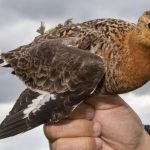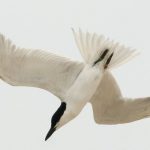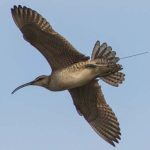← Back
Great spotted cuckoos tracked far from the nest by Argos
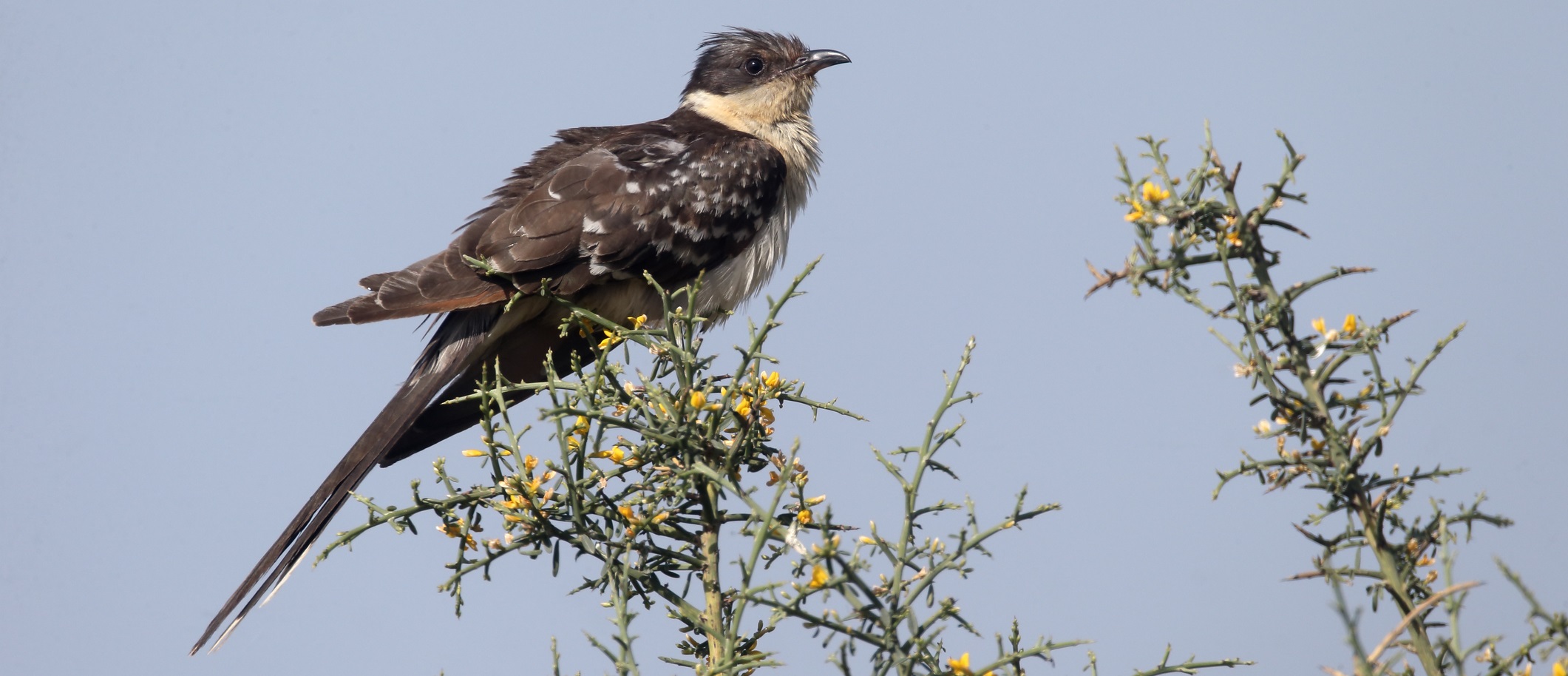
Cuckoos’ most well-known characteristic is the laying of their eggs in another species’ nest taking advantage of the care provided by these foster parents (brood parasitism). But some cuckoo species, such as great spotted cuckoos, are also migratory. Advancements in Argos satellite telemetry – especially miniaturization of Argos tags – makes it possible to gain better knowledge of this side of cuckoo’s life.
Migrant cuckoos
Brood-parasites such as the great spotted cuckoo (Clamator glandarius) have been studied mostly during their breeding phase, when they lay eggs in the nest of other species and there is an evolutionary fight between parasites (cuckoos) and their hosts. The great spotted cuckoo is found in Southern Europe and sub-Saharan Africa, with more than 80% of breeding individuals in Europe in Spain. The European populations are acknowledged as migratory, while the populations in sub-Saharan Africa are thought to be partially sedentary. However, this side of their life is poorly known and even their wintering grounds are not well documented. Advances in satellite telemetry tracking technology enable new findings on different aspects of brood parasites’ life, such as their migration strategy or home ranges.
5g-tags
Sixteen adult great spotted cuckoos were ringed and equipped with a solar charged 5-g Argos PTT in Southern Spain (Hoya de Guadix; 37˚16’ N, 3˚00’ W). They were followed until their death (between 12 days and 3 years after capture).
Results of the tracking show that great spotted cuckoos can stay around their breeding grounds for some time before going south to migrate (post-breeding migration). Most of them make a stopover in Southern Morocco, then cross the Sahara Desert and winter in the western Sahel (from the coastal areas of Senegal to the Inner Niger Delta in Mali). They migrate back north using the same route (pre-breeding migration) to Spain. They travel primarily by night. The question of their being solitary migrant or not is not completely solved, even if the fact that none of the tagged individuals travelled together hint to it.
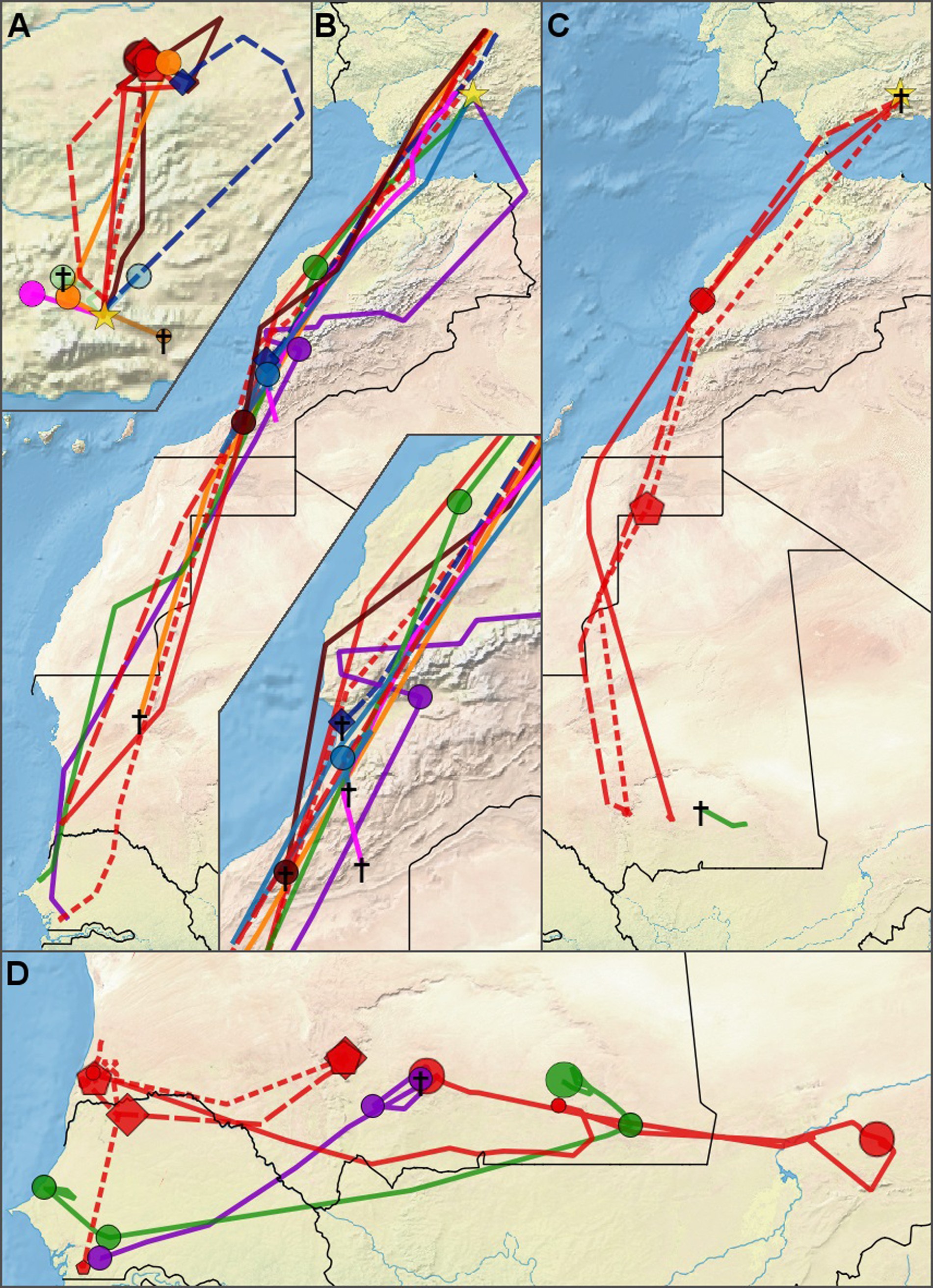
Map of migratory routes of great spotted cuckoos. (A) Pre-migratory movements within Spain. (B) Post-breeding migration (C) Prebreeding migration (D) Wintering area movements. Colors correspond to individual cuckoos, only cuckoos that left the breeding area are included in this map. (Credit University of Groningen)
Birds were considered dead after being stationary for a long time and temperature sensor showed strong environmental variation. An Argos goniometer was used to find the transmitters in the field and identify the cause of death of cuckoos. Depending on the hints found (cartridges, torn feathers, state of the cords attaching the tag), a cause of death was proposed. The main cause seems to be natural predation, probably by raptors.
More info about birds tracking
Understanding a species
An analysis of the same tracking data in terms of home ranges during the different phases of the cuckoo’s life was done, using vegetation index (NDVI) as food indicator. Results show that great spotted cuckoo home ranges are larger in the breeding area than in the main non-breeding areas. The findings also suggest that the delayed departure to the south might be for foraging in food-richer areas of Spain (sometimes even travelling north for hundreds of kilometers).
These studies show the benefit of including long-term individual data obtained with satellite tracking technology in order to expand our knowledge on the ecology of brood parasites. These findings should help also to better understand the co-evolution of their hosts and of the cuckoos by knowing where and when they live and lay eggs.
Photo : iStock
References
- Josse Rühmann, Manuel Soler, Tomás Pérez-Contreras & Juan Diego Ibáñez-Álamo (2019): Territoriality and variation in home range size through the entire annual range of migratory great spotted cuckoos (Clamator glandarius), Nature Scientific reports, 9:6238, https://doi.org/10.1038/s41598-019-41943-2
- Ibáñez-Álamo JD, Rühmann J, Pérez-Contreras T, Soler M (2019) Migration behavior and performance of the great spotted cuckoo (Clamator glandarius). PLoS ONE 14(1): e0208436. https://doi.org/10.1371/journal.pone.0208436

